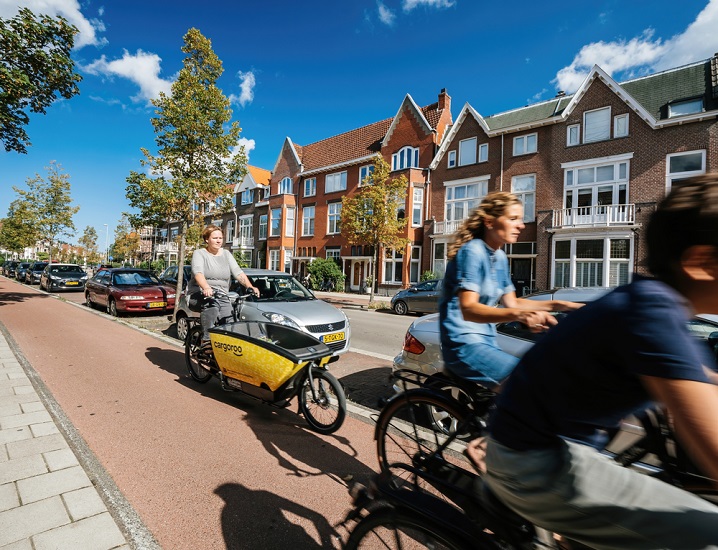Some links may be affiliate links. We may get paid if you buy something or take an action after clicking one of these.
The Netherlands is experimenting with technology that would allow the government to reduce speed in certain areas.

The concept is a simple one: In highly congested areas, city officials would like to be able to reduce the maximum speed of e-bikes in order to increase safety. The technology would not cause an e-bike to brake. Rather, it would reduce the motor’s power output, effectively stepping down the pedal-assist level.
Such a concept may seem hard to fathom in our freedom-obsessed nation. Dutch officials see it as a matter of general safety for all users. Bike and e-bike use in the Netherlands is so high that parking all of them can be a challenge.
The system will allow two different forms of communication, which the Dutch officials call “nudges” and “nannies.” The nudges would be alerts sent out to riders alerting them to conditions to be aware, such as accidents. The nannies would be speed reductions based on a rider’s GPS coordinates.
As it is, e-bikes in the Netherlands are limited to a maximum speed assistance level of 25kph (18 mph). The technology would allow the system to reduce a rider’s speed to 15kph.
“We have a bike that can really be slowed down,” said Melanie van der Horst, Amsterdam’s Deputy Mayor who heads up the city’s traffic and transport policymaking. “I’m curious to see people using this technology. Later this year, we are actually going to do a test on a cycle route in the city. I hope the busy bike paths in our city will be safer with intelligent speed adjustment.”
Van der Horst tried a prototype and said, “I saw a child playing football on my screen. A little later, it switched to red, and my speed dropped to 15 kilometers per hour.”
Sponsor
Sponsor
Amsterdam’s van der Horst acknowledges that there will be critics to what some will call a “nanny state” infringement upon freedom. To critics she says, “This plan does something to cyclists’ sense of freedom. On the other hand, their current freedom also affects the freedom of others, and their speeding limits this.”
Dutch officials acknowledged the existence of five different mid-drive motors found on e-bikes. For the system to work as intended, it would need to be able to communicate with all of those systems and unless each rider’s e-bike was linked to their smartphone in order to receive notifications and controlling inputs, their system wouldn’t be able to do much. Also, they seem to be underestimating the number of motors on the market, so they have hurdles to cross that aren’t only technical.
And while we see the need for public safety, we wonder how this will go over in the famously libertine Dutch society.
Sponsor
Sponsors
Sponsor
![]()
Copyright
© Electric Bike Report

